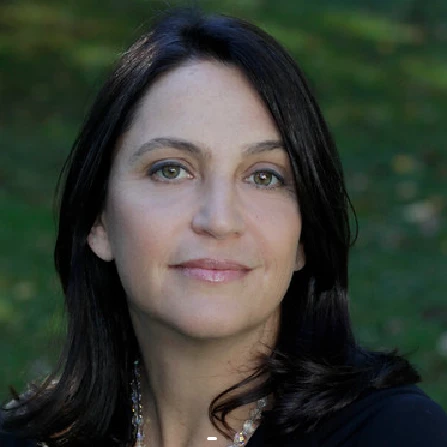 How inclusive are financial systems around the world? What proportion of the population uses which financial services? Despite all the work we have done so far, most of the figures cited by experts in this field are still just estimates (see, for example, here and here). But this is about to change—in a big way.
How inclusive are financial systems around the world? What proportion of the population uses which financial services? Despite all the work we have done so far, most of the figures cited by experts in this field are still just estimates (see, for example, here and here). But this is about to change—in a big way.
To help us understand the scope and breadth of financial activity by individuals around the world, the Bill & Melinda Gates Foundation today announced an $11 million, 10-year grant to the World Bank’s Development Research Group to build a new publicly accessible database of Global Financial Inclusion Indicators. The ultimate goal of the project is to improve access to finance; achieving this goal requires reliably measuring financial inclusion in a consistent manner over a broad range of countries and over time to provide a solid foundation of data for researchers and policymakers. We will carry out three rounds of data collection, starting with Gallup, Inc’s 2011 Gallup World Poll, which will survey at least 1,000 people per country in 150 countries about their access and use of financial services.
This work will be an essential complement to recent progress that has been made in collecting supply-side information on financial access from regulators and other country surveys. Supply-side data tell us how many accounts exist (see, for example, CGAP’s Financial Access 2010 and IMF’s Financial Access Survey), but leave us guessing about the precise number of individuals with a bank account. On the demand side (i.e., data from households or individuals), few surveys exist and there are problems with cross-country comparability between data sets. This new initiative will help us better understand how the world’s population—particularly the poor, women, and other disadvantaged groups—save, borrow, and make payments.
Some preliminary work conducted by Gallup already provides a sneak preview on financial inclusion in low-income countries. For example, in Sub-Saharan Africa only 19 percent of adults have bank accounts on average. However, there is a lot of variation within the region—49 percent of South Africans have a bank account as compared to 1 percent in Niger and the Democratic Republic of Congo.

Once we have this data in hand, we’ll be able to provide much more robust answers to a series of pressing questions, namely:
- What percentage of the poor, women, and other disadvantaged groups has a bank account?
- How often do these groups resort to borrowing money from informal money lenders?
- Do they buy life or health insurance?
- What are the reasons that prevent them from using formal financial institutions?
We hope the answers can help guide solutions to increasing financial inclusion throughout the world. Please stay tuned for more.
Further Reading:
World Bank Policy, 2008. Finance for All: Policies and Pitfalls in Expanding Access, World Bank: Washington, D.C.
“Few in Sub Saharan Africa have money in a Bank,” Gallup, May 11, 2010.
(Photo caption: A pilot interview carried out in Bangladesh as part of the Global Financial Inclusion Indicators.)



Join the Conversation